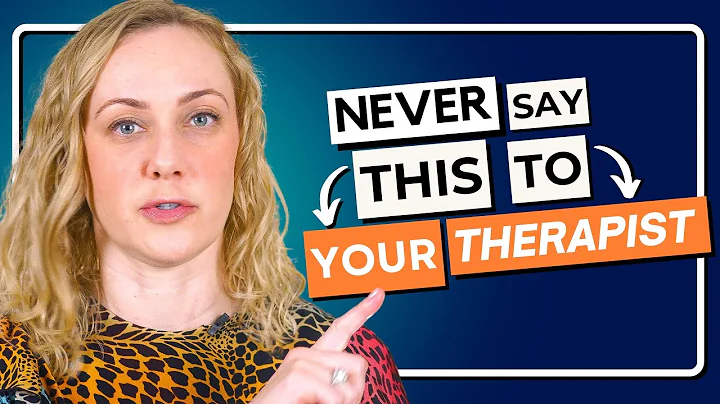
Real case:
Lili (pseudonym) is 3 years and 7 months old this year. Her mother said that her friend’s child is similar in age to hers, but now her friend’s child can use a lot of vocabulary to express a complete sentence. , and Lili has clearly passed the language sensitive period, but her speech is still intermittent and awkward. She can only use some simple words and cannot express a complete sentence.
Once, when taking Lili to the mall, she saw potato chips and biscuits in the snack section. She could only keep pointing at the potato chips and biscuits in the snack section to express her desire to buy these two things, but she could not put this whole thing into perspective. Express the requirement completely in one sentence.
At this time, the mother began to get nervous, but after doing relevant examinations, no problems were found in the child. The doctor said that it was recommended to have an autism assessment, but the result was that he was actually diagnosed with autism!
Language and communication disorders are the basic symptoms of autistic children, and they are also the most difficult areas to improve and treat among many disorders.
However, the future development of autistic children is closely related to the acquisition of language ability, and communication ability is an important indicator of whether autistic children have a good future development.
How to guide autistic children to communicate with the outside world has become a top priority. So, what methods can be used to guide autistic children to communicate with others? Youqi Education will introduce 4 methods to you today~~
01 Tracking children’s interests
Tracking children’s interests is the starting point for early communication ability training for children with autism. If we can pay attention to children with autism, listen carefully and wait patiently, it will not be difficult to discover their interests. After we know the interests of children with autism, we can use this as an opportunity to educate and train children in communication.
For example, there is an autistic child who particularly likes to play with bubbles blown with soapy water. Therefore, we can train the child to point to the bubble bottle with his hands, then tell him to blow bubbles, and actually blow bubbles to him. Look, blow and talk, blow bubbles.
When he wants to reach out and point to the bubble bottle, you can give him recognition and encouragement. As long as he points to the bottle, you can immediately give him bubbles and let him play the bubble blowing game. After several trainings, if the child wants to play with bubbles in the future, he will point to the bubble bottle with his hands. This is how he communicates.
02 Create language opportunities
When we understand the children's points of interest, we must create opportunities based on the children's points of interest. Children with autism often have no inner desire to communicate, so the key to making children with autism have the desire to communicate is to give them a motivation and opportunity to communicate, and to create lively and fun activities for children with autism, which often That is to give them motivation and opportunity to communicate.
For example: Some children like cars. In order to train children's communication awareness, we can put the car in a transparent box. If the child wants a car, he has to ask you for help; or some children with autism are particularly special. If you like music, you can also put the mobile phone and other items that play music in a place where he can't reach it. In order for you to help him play music, he has to ask you for help.
03 Learn to proceed step by step
You cannot rush for language training for autistic children. Parents must learn to follow the step-by-step principle of . For example, when teaching the word "水", we first teach the children to read "水", then transition to "drink water", and finally teach the children to say "I want to drink water". From words to words, and then from words to sentences, the little becomes more, so that the children will slowly learn to express themselves.
The influence of the environment on children is subtle. Therefore, parents can use watching TV, listening to music, telling stories, showing pictures, etc., to help their children experience language and help them connect the people and things in life with language. Use this to enhance your understanding of the language.
04 Imitate and confirm the child’s voice movements
If some children especially like to play with light switches, they sometimes make sounds while playing. When the child turns on the light, we can imitate the child's actions and explain, "Turn on the light!"
Of course, autistic children tend to be obsessed with a certain action for a long time. At this time, we need to use other activities that the child is interested in to divert his attention.
Praise and encouragement are the driving force for people's progress. When children make progress, they should be praised and encouraged in time to increase their confidence. Parents can hug them or reward them with their favorite toys to help them perform better.
For ordinary children, they will naturally develop various proactive communication behaviors as they grow up, but for children with autism, these behaviors require unremitting practice.
The training of language communication ability of autistic children only takes a few days or even months, and the effect is not immediate. It must be persevered to slowly bear fruit. Therefore, parents should not slack off. Talk to their children as often as possible whenever they have time, constantly provide them with language stimulation, and create a good language environment, which will gradually improve their children's language communication skills.











